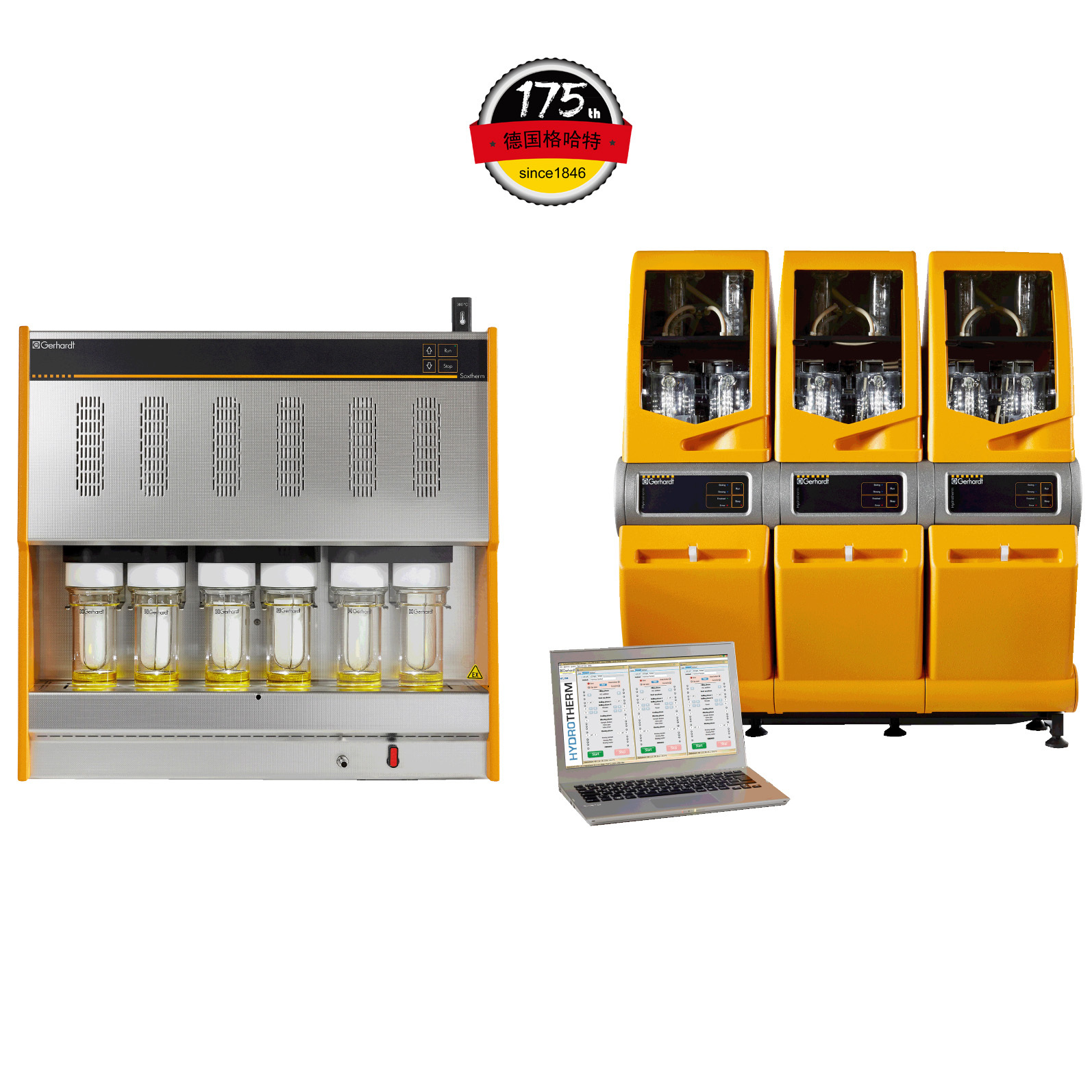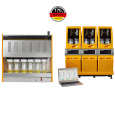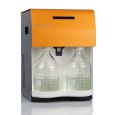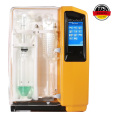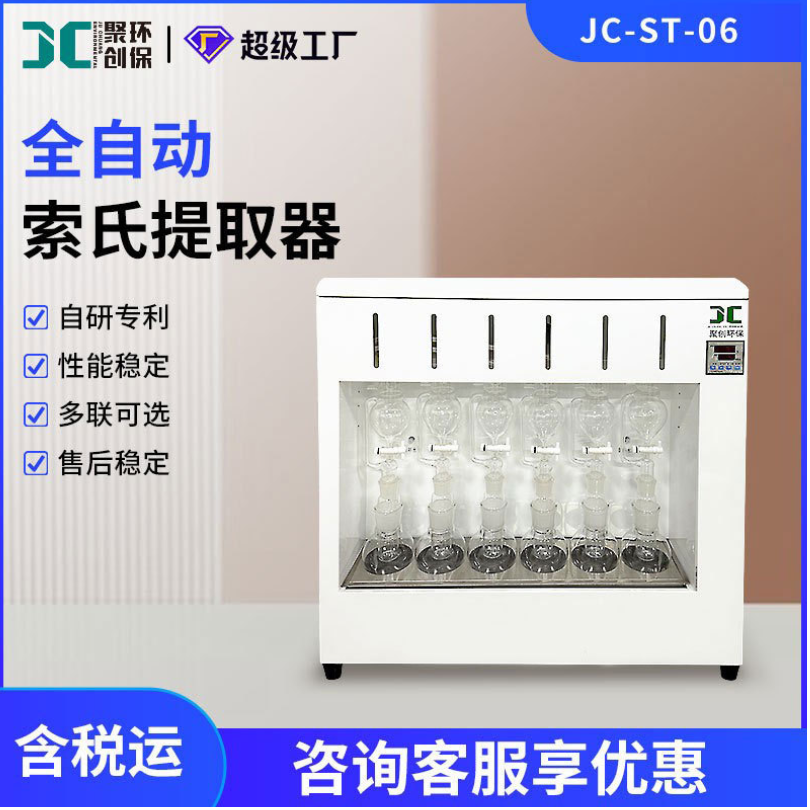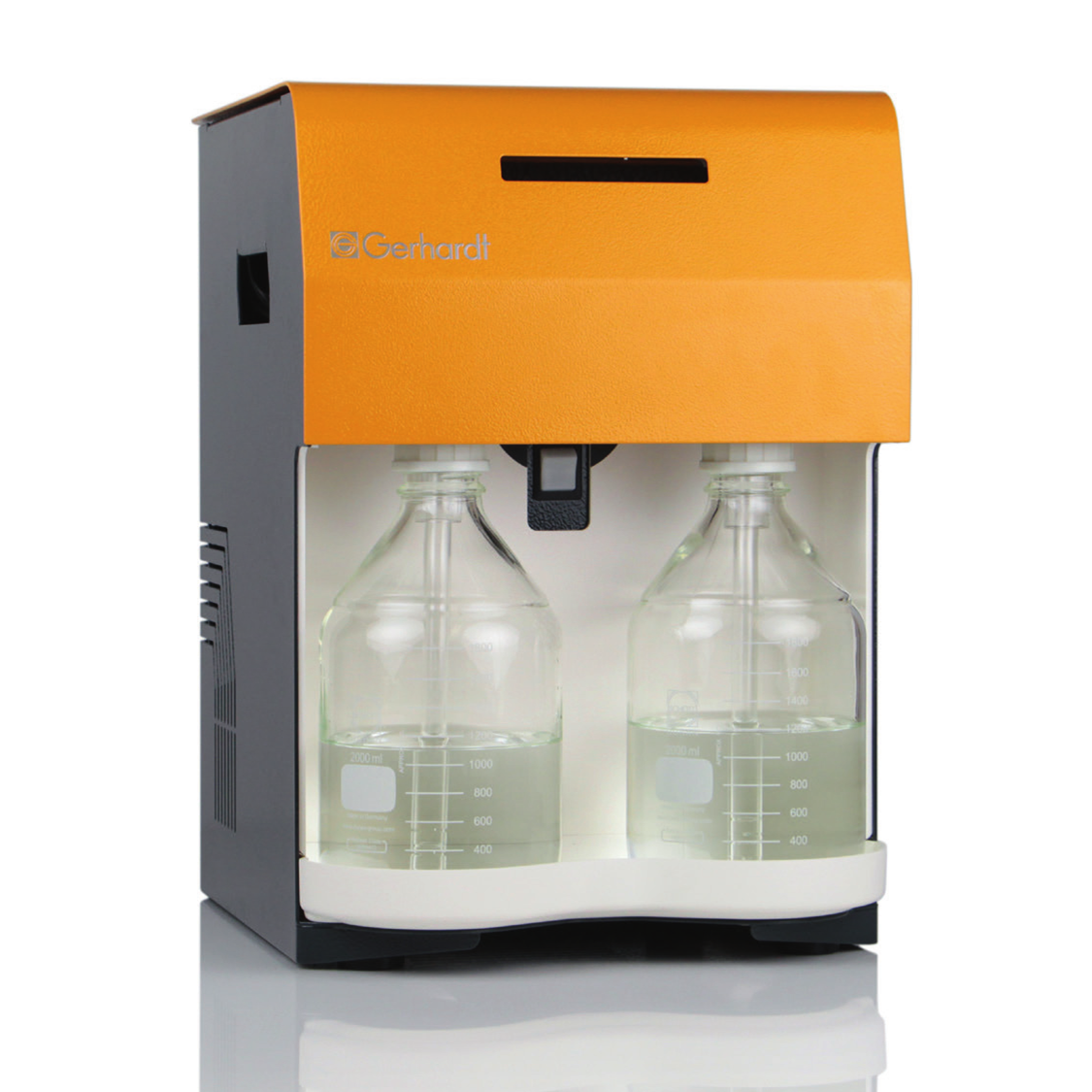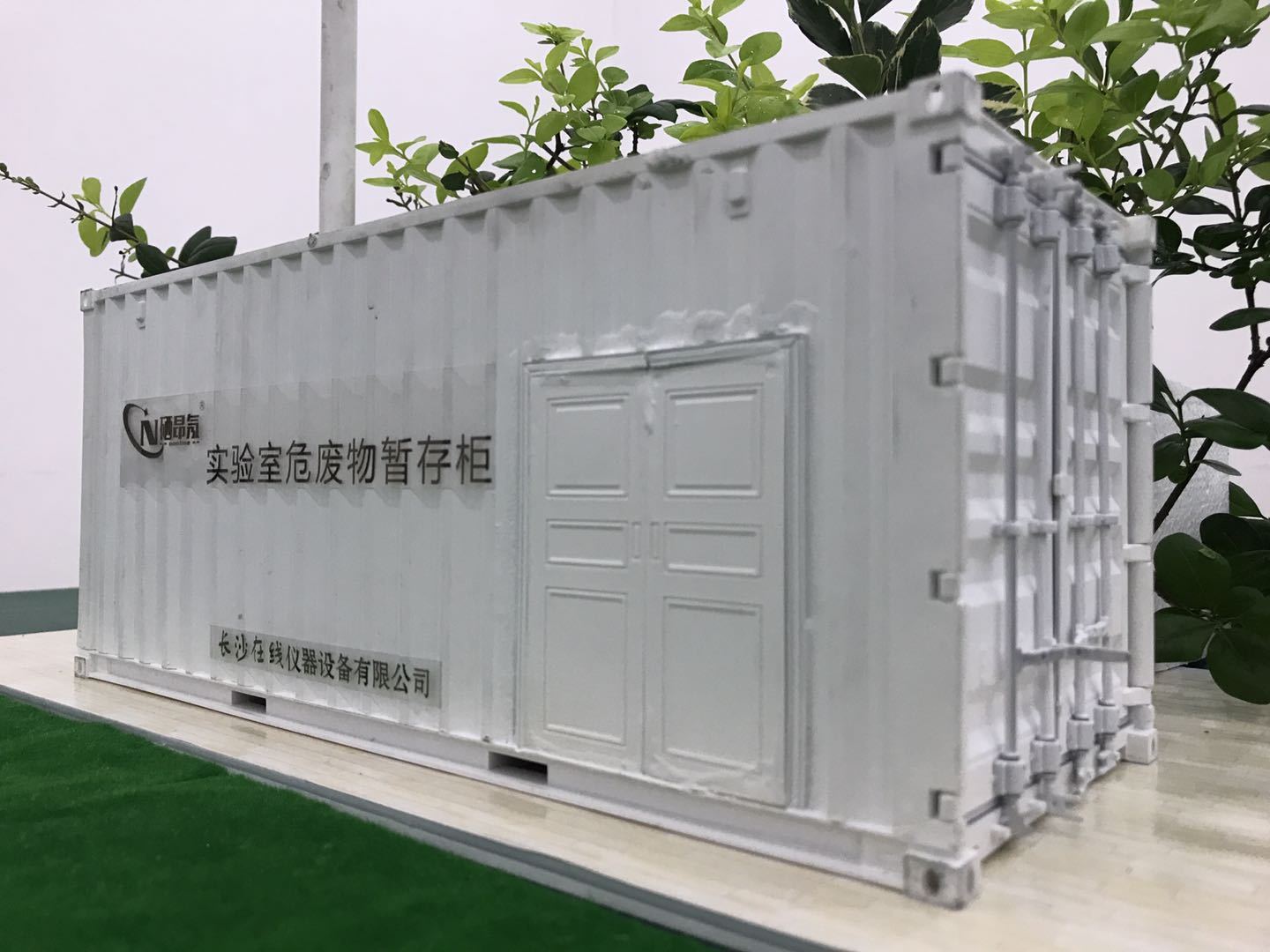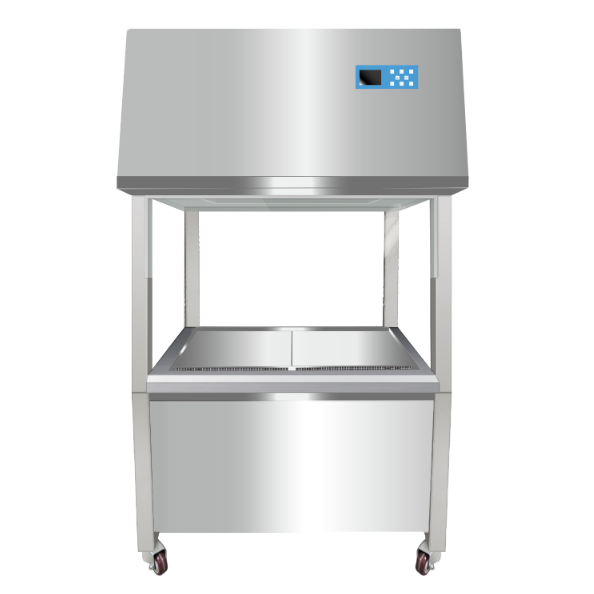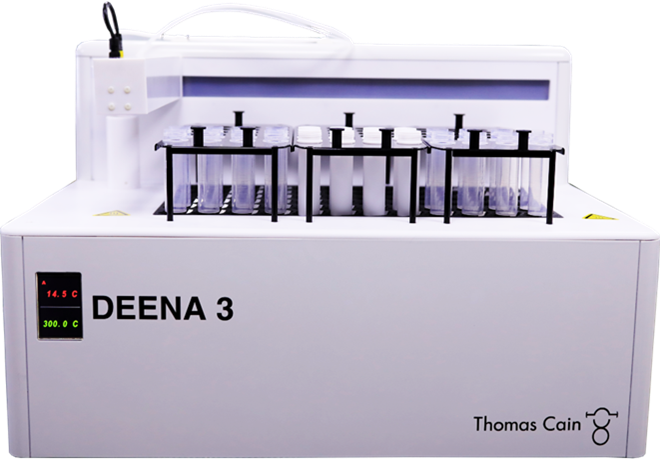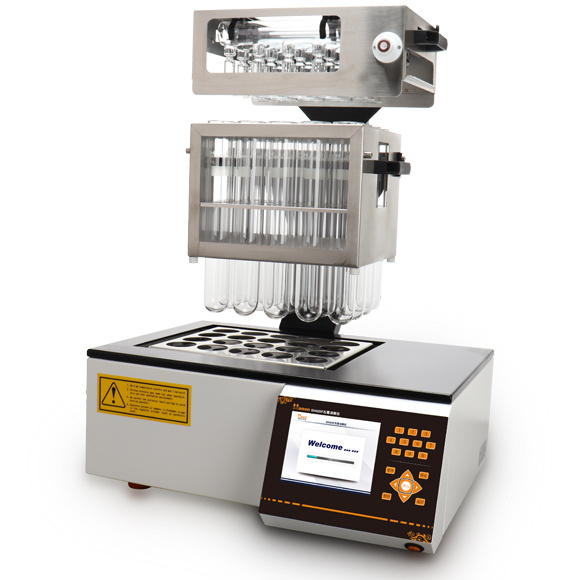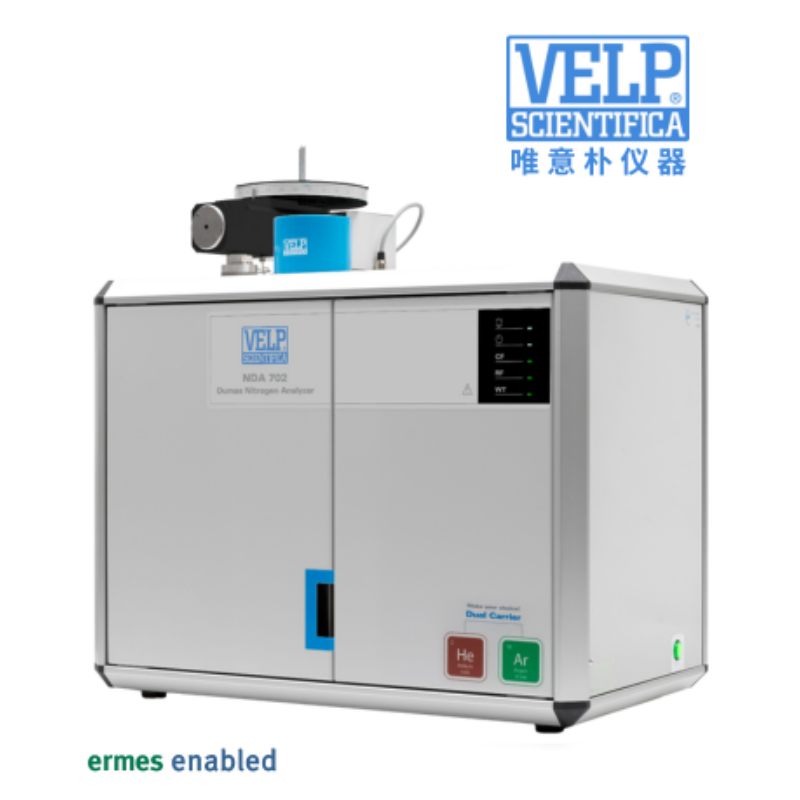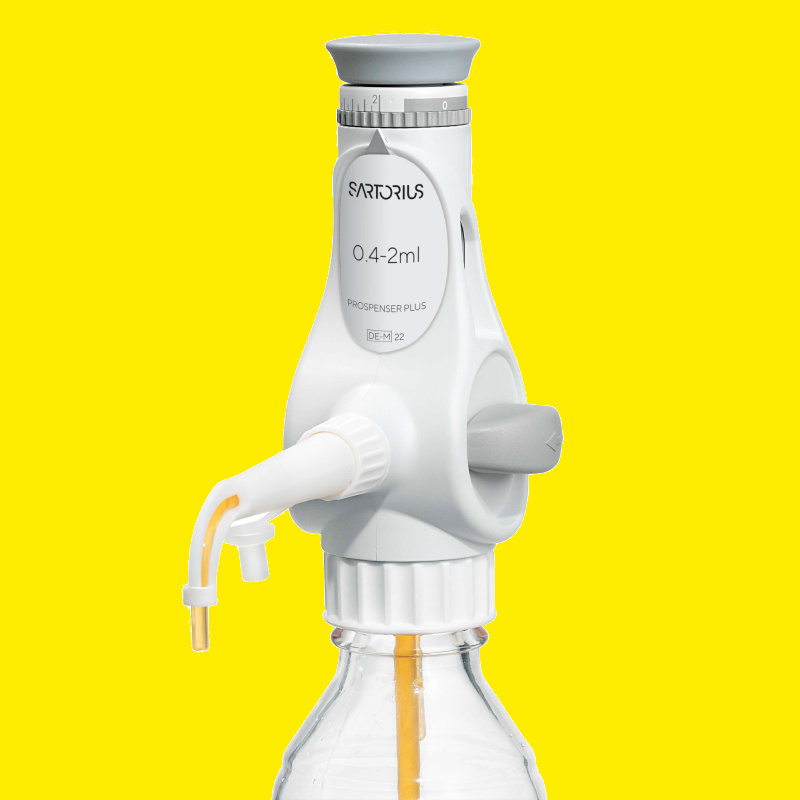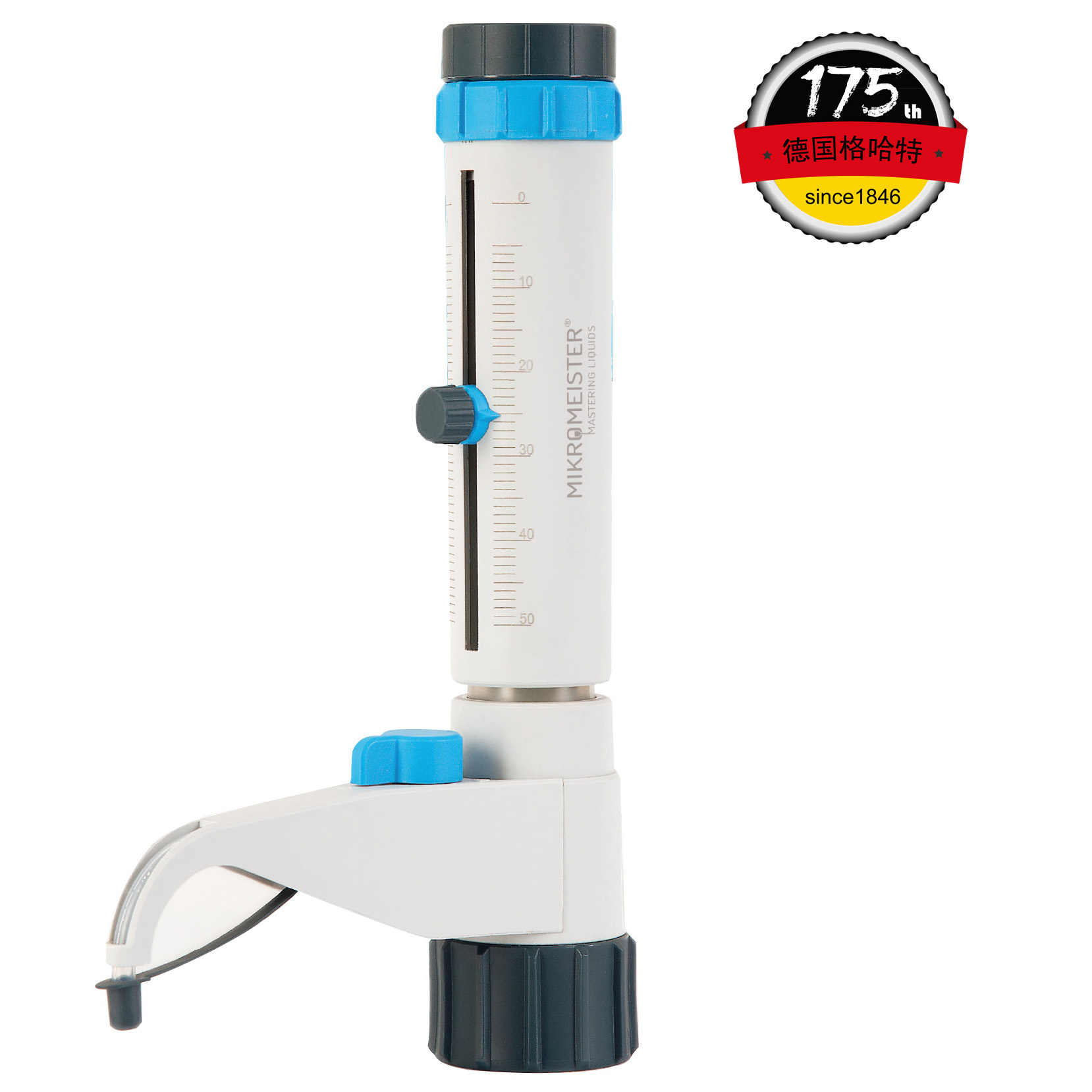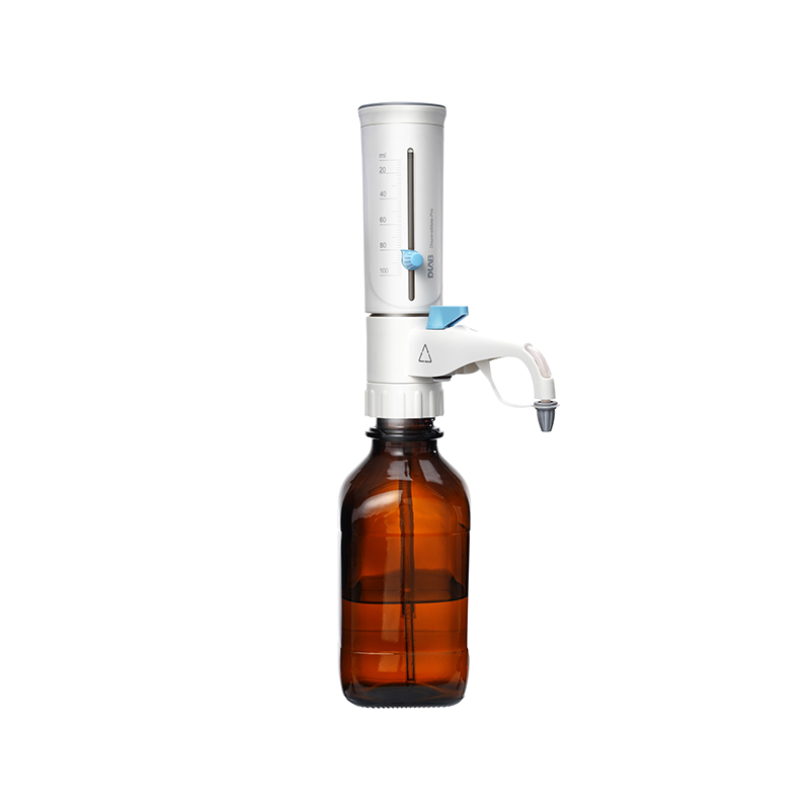金头鲷鱼的化学成分和重金属积累的测定Determination of Some Chemical Composition and heavy Metal Accumulation of Gilthead Seabream (Sparus Aurata) Fish in The Al-Jabal Al Akhdar Coast - Libya
方案详情

Available Online at http://jmras.misj.net Volume 01 Issue 02 (March-April)|2023 Page: 71-78 Original Research Paper 利比亚海岸金头鲷鱼的化学成分和重金属积累的测定 Determination of Some Chemical Composition and heavy Metal Accumulation of Gilthead Seabream (Sparus Aurata) Fish in The Al-Jabal Al Akhdar Coast- Libya Authors: Saleh,M, Bufarwal*,Hana, S, Mohamed,Ahmed EL-Dinali’and Omran Ibrahim4 1.2, Chemistry Department, Science Faculty, Omar Al-Mukhtar University EL-Beida, Libya Chemistry Department, Faculty of Art and Science, University ofBenghazi,Tocra,Libyg 4Pharmacy College, Omar Al-Mukhtar University, EL-Beida, Libya. Corresponding Author: Saleh, M, Bufarwa Chemistry Department, Science Faculty, Omar Al-Mukhtar University EL-Beida, Libya Article Received: 24-01-2023 Revised: 14-02-2023 Accepted: 04-03-2023 ABSTRACT: The purpose of this study is to determine the nutritional quality of one of the fish species available in the Libyan market,Gilthead Seabream (Sparus aurata). The chemical composition (protein, l ipid, moisture, and ash) was determined, as well as contamination caused by some heavy metals, in the edible part of Sparus aurata fish collected from three regions (Sousse, Haniyeh, and Hamama) of Al-Jabal A1-Akhdar, Libya. From each of the three regions, ten samples were taken.The study took place between May and June 2022. The average values for chemical composition for protein, fat, moisture,and ash were analyzed in fish and were as follows: 17.396; 8.117;71.373, and 2.27%, respectively. The average concentrations of iron, lead, and cadmium in samples of fish muscle tissue were determined to be as follows: 2.0251;0.76597, and 0.06596 ug/g, respectively. As a result, this study showed that the concentrations of heavy metals l ike iron and lead in all fish samples were above the maximum permissible limits set by some food regulators. Keywords: Chemical Composition, Flame Atomic Absorption Spectrometry, Sparus Aurata INTRODUCTION: The main source of animal protein and a good source of vitamins is fish. Fish is a popular food consumed by people al l over the world because i t is high in protein,low in saturated fat, and also contains omega fatty acids,which are known to improve one's health. Seafood contains a very high concentration of minerals. The total amount of minerals in the raw flesh of marine fish and crustaceans ranges from 0.6 to 1.5% of their wet weight.The nutrition of humans depends on mineral components such as sodium, potassium, magnesium, calcium, iron,phosphorus, and iodine [1]. The gilthead sea bream,Sparus aurata (Linnaeus, 1758) has a high market value and is significant for both marine aquaculture and fishing. In the Mediterranean Sea, Sparus auratai common, but it is quite rare in the Black Sea [2].I addit i on to its deliciousness, fish is in high demand because of i ts high nutritional content , which is a result of its proximate composition [3]. Fish protein is simple to digest. Furthermore, it serves as a significant supply of both essential and non-amino acids [4]. In aquatic ecology, heavy metal pollution is a significant factor.This is as a result of their toxicity, accumulation, and capacity for biomagni f ication throughout the food chain.The main sources of heavy metal contamination i n natural aquatic systems are human-made activities such as manufacturing, household maintenance.小 and transportation [5]. Because of their position in the aquatic food chain, fish can easily absorb heavy metals from any sediment, water, or food [6]. We will discuss the approximate composition (ash, moisture, fat, and protein) of the most popular The fish (gi l thead sea bream, Sparus aurata) were captured and consumed in the Libyan market, and the accumulation of some heavy metals was assessed. Sampling Areas: A total of 30 commercial-sized fish (297-431 g) were used in the study; gi l thead sea bream (Sparus aurata)were caught directly by fishermen on the Al-Jabal Al Akhdar Coast in Libya . Samples were taken in May and June 2022. I n the three regions shown in Fi g ure (1). MATERIALS AND METHODS: All chemicals used in the study were of high purity and were obtained from Sigma Al-Drash Company and provided by Omar Al-Mukhtar university laboratories El-Bayda. They packed sseparately the samples i n insulated polystyrene boxes wi t h ice and delivered to the lab (complete) within 12 hours of harvesting for preparation and storage under hypothermic conditions [7]. The residue heated for three hours at 550℃ to determine the ash content [8]. the furnace used in the experiments (a Nabertherm model P330). By drying an accurately weighed sample of fish mince for 3 hours at 103±2C, the moisture content was determined[8]. The oven used in experiments (Thermo Scientific Heraeus oven heating and drying 6000). applied the Kjeldahl method to estimate crude protein according to [9] byusing (Gerhardt VAP40 Vapodest). used the Soxhlet procedure according to[10], extracting the fat for seven ho urs with petroleum ether as the solvent. (ExtractGerhardt Soxhlet). Determination heavy metals: All reagents were上 andled c c a a refully, polyethylene disposables were properly cleaned with 1N HC1 in a fume, and disposable gloves were used throughout the experiment to avoid contamination. The fish used in the study were thoroughly washed w i th dist i lled water.Samples were dried at 100℃ for 48 hours. The dried samples of each species were ground to fine particles using a mortar and pestle. weighed 3g of powdered a d e c o l or i z e r, a nd w e t d i g e s t io n o f m u sc l e s S was performed . Followingd the igestion process'and the filtrate is diluted with 100 ml of distilled were collected inbottles and 6examined. The concentrations of metals in fish muscles were reported as ug/g. Statistical analysis: by Tukey's test Excel XP 2010 used one-way analysis of variance (One-way ANOVA in SPSS Statistics) with a significance level s than 0.05 to o calculate significant differences between the samples. RESULTS: In the north-east of Libya, one of the most popular commercial fish VWas examined l to determine its approximate chemical composition and heavy metal accumulation. Table 1 shows the approximate chemical composition (ash, moisture, protein, and lipids) of Gi l thead Seabream (Sparus aurata), which were not significantly different. The fish had mean weights of 297±0.08 and 431±0.12 grams. Table:(1). Approximate chemical composition of the samples (Mean ±SD) study area Ash% Moisture% Protein% Fat% Sousse 2.15±0.11 72.34±1.98 17.81±0.71 7.18±0.80 El Haniyeh 2.42±0.05 70.55±0.64 17.65±0.33 8.04±1.19 El Hamama 2.23±0.10 71.23±1.02 16.73±0.59 9.13±1.72 Average 2.27 71.373 17.396 8.117 ±SD 0.13868 0.903567 0.5828 0.9773 According to the results of the study, the moisture content varied between (70.55±0.64 and 71.23±1.02)%. The moisture content of fish samples in the three regions is displayed in Figure 2 Figure: (2). The percentage of moisture content in the meat of the studied fish. After Samples (pre-dried) from the analysis of moisture content analysis were heated i n a muffle furnace at 550℃ for 4 h. The f inal weight was subtracted from the initial weight and converted to percentage to give an estimate of the ash content. The highest content of ash was also observed in El-Haniyeh samples, however ash content was lowest in Sousse sample. The ash content ranged between (2.15±0.11 and 2.42±0.05). Figure 3shows the ash content of fish samples caught in the three regions. Figure: (3).The percentage of ash content in the meat of the studied fish MISJ-JMRAS (March-April,2023) The highest fat content observed was in El-Hamama fish samples (9.13±1.72) and this parameter was lowest in Sousse fish samples 7.18±0.80. Figure 5 depicts the fat content percentages of fish samples collected in the study areas. Figure: (4).The percentage of fat content in the meat of the studied fish similarly to how moisture content, we found the highest percentage of crude protein in the samples of Sousse fish and the lowest in the Hamama area, where the percentages ranged between 17.81±0.71 and 16.73±0.59. Figure 6 shows t he extent of crude protein in fish samples for the three regions. Figure: (5).The percentage of protein crude in the meat of the studied fish. The results for the values of Fe, Pb, and Cd in the muscles of the f ish from different locations are presented in Table 2. In Sousse fish samples, the muscles had the highest Pb concentration (0.8680±0.07 pg/g). The lowest accumulation of Pb was found (0.7066±0.092 ug/g) in El-Haniyeh fish samples. On the other hand, the highest accumulation of cadmium was found in the Sousse fish samples (0.0844±0.039 ug/g),while ethe lowest concentration of cadmium was found in the El-Hamama fiissh samples (0.0557±0.011). As s :a result of the Fe concentration, the values are quite high, and the highest concentration of iron was observed in the Sousse fish samples (2.5113±0.192), followed by the El-Hamama fish 1samples (2.3144±0.904).While e1the lowest concentration of iron was found in samples of El-Haniyeh fish (1.2496±0.325). Figure 77 shows the differences in the accumulation of metals in the studied fish samples for the three regions. Table:(2).The contents of the studied metals in the selected samples: TIM Pb Cd Fe Sousse 0.8680±0.07 0.0844±0.039 2.5113±0.192 El- Haniyeh 0.7066±0.092 0.0578±0.027 1.2496±0.325 El-Hamama 0.7233±0.079 0.0557±0.011 2.3144±0.904 Average 0.76597 0.06596 2.0251 Figure (6): The accumulation of the studied metals in the muscles of fish at three locations DISCUSSION: Fish are mainly composed of water (66-81%), protein (16-21%), carbohydrates (<0.5%), fats (0.2-25%) and ash (1.2-1.5%). The chemical composition of the fish is presented in Table 1. In the present work, there were significant differences in the proximate compositions of Gi l thead Seabream (Sparus aurata) fish from different locations. The range of fish moisture contents observed in this S investigation was between 70.55±0.64and 71.23±1.02%.As a result, it was found that the main component of the edible fish fraction is moisture. The high moisture level can lead to polyunsaturated fatty acid breakdown, increase the vulnerabil i ty of the fish to microbiological contamination, and thus decrease the quality of t he fish for extended durations of preservation [12]. High moisture content, however, could also be significant in metabolic processes and aid in the solubilization of certain elements. similarly reported a high moisture content [13]. It can be seen from Table 1and Figure 4 that the crude fat percentages exceeded 8%for the El-Hamama and El-Haniyeh fish samples, and thus they can be considered fatty fish according to what was found by[14]. Except for a sample taken from the Sousse region, this percentage is close to what was reported [15]. I t can be observed that the total percentage of moisture and percentage of f at in the meat of all tested fish amounted to approximately 80%, and this result agrees ith w w h hat Was mentioned by[16],V with a difference in the samples selected from the Sousse region, which amounted to 79.52%. Thus, the percentage of moisture in fish meat can be considered an indicator of the percentage of fat in it , and it is also clear from the previous results that there is an inverse relationship between the percentage of moisture and the percentage of fat in the meat of the studied fish, which is consistent with the results of the researchers [13]. They indicated that an increase in the percentage of fat in fish is often accompanied by a decrease in the percentage of moisture. The health and food availability for each fish species' specific feeding environment may be related to differences in body ash content [17]. On the other hand,the weight of fish samples taken from the areas of El Haniyeh and Hamama was higher weight that of the fish samples in the Sousse region. Sparus aurata fish in Sousse, El Haniyeh, and El Hamama revealed slightly higher crude protein contents of 17.810.71, 17.65±0.33,and 16.73±0.59, respectively. This high protein content can be att r ibuted to the three regions of the very high-protein diet. There have been reports t hat heavy metal pollutionultimately affects the aquatic ecosystem [18,19]. Fish are thought to be particularly use biomonitors for detecting heavy metal pollution in the aquatic ecosystem [201. When f ish are exposed to high-levels of metal pollution, the metals accumulate in various amounts in their organs. [21]. The heavy metal concentrations reported i n this study are generally high.Fish in the Sousse region are becoming more heavily contaminated with heavy metals. An i ncrease in anthropogenic activities that emit harmful toxins i nto the environment could be the cause of this. It is possible that the high accumulation of heavy metals in the Sousse region compared to the rest of the studied areas is due to the presence of continuous navigation by fishermen and the i llega l immigration control apparatus, in addition to the i ncrease in population growth, the presence of a seawater desalination plant, and the resort of some fishermen to overfishing methods. It is very l ikely that this is the reason for the accumulation of heavy metals in the fish in this region. It should be noted that the three regions are not far from each other and that the influence of marine currents could be the main reason for the convergence of concentrations to some extent, as it was observed in the Hamama region,V where the concentrations are slightly less than t hose in the Sousse region. The liver's capacity for detoxification may be responsible for the El-Haniyeh region's lower-than-average lead and i ron concentrations compared to other places. However, all of the fish's muscles were found to contain elevated levels of Cd. There could be two causes for this. First, it might be a result of the ability of Cd to swap out metallothioneins linked to vital metals in the liver. Second, it is difficul t to eliminate cadmium after i t builds up in the liver [22,23]. Sea foods, especially fish with darker meat, are a good source of iron, providing 1-2 mg/100 g of muscle . Sparus aurata has an average i ron level of 2.0251 pg/g. Anchovy's iron level was found to be 3.89 pg/g [24]. It is wel l recognized that seasonal and biological factors (species, size, dark/white muscle, age, sex, and sexual maturity), region of catch, processing technique, food source, and environmental factors (water chemistry, salinity, temperature and contaminant) all have a significant impact on the mineral content of marine foods [15]. CONCLUSION: The results of the current study showed that there are slight (differences in the rates of the chemica composition of the muscles,represented 1by ytthe percentages of protein, fat, moisture, and ash content in the studied samples in the fish’s body, which may be because of seasonal changes that affect the ratios of the chemical composition of the muscles. [25]. We may see that a discrepancy in the fish’s size in the study areas is the main reason for this slight contrast. Concerning the accumulation of heavy metals, we can say that I found the concentrations in the samples to be greater than the maximum recommended limits. Therefore 1, the samples are not safe for human consumption, as the accumulation rates of heavy metals, especially cadmium, show that they are above the safe and permissible limits. We refer to the study of the marine environment and the monitoring of the causes of pollution. ACKNOWLED G EMENT: The authors would like to express their deep, gratitude and sincere thanks to Mr. Abdljaleel Muhmed manger scientific store Omar Al-Mukhtar University,The authors also extend their thanks and respect to Professor Fayrouz Al-Zubair, Professor of Biochemistry at Omar Al-Mukhtar University, for her assistance in producing the research. ETHICS: The authors suggest collaborating with those interested in the marineeenvironment in order r to monitor overfishing using dynamite, in addition to monitoring the release of sewage into seawater and interestin Sparus aurata fish farming. REFER E N C ES 1.Sikorski, Z. E., Kolakowska, A., & Pan, B. S.(2020). The nutritive composition of the major groups ofmarine food 1organisms Seafood:Resources. nutritional composition, and preservation (pp.29-54): CRC Press.https://d oi.org /10.1201/9781003068419-5 3.Njinkoue, J., Gouado, I ., Tchoumbougnang, F .,Ngueguim, J . Y., Ndinteh, D., Fomogne-Fodjo, C.,& Schweigert, F. (2016). Proximate composition,mineral content and fatty acid profile of two marine fishes f rom Cameroonian coast: Pseudotolithus typus (Bleeker, 1863) and Pseudotolithus elongatus (Bowdich.1825). NFS journal, 4, 27-31.https://d oi.org/10.1016/j.nf s.2016.07.002 4.Astawan, M. (2004). Ikan yang sedap dan bergizi.Tiga Serangkai. Solo, 550. 5.Velez, D., &Montoro,R.(1998).Arsenic speciation i n manufactured seafood products.Journal of food Protection, 61(9),1240https ://doi.o rg /10.4315/0362-028x-61.9.1240 6.Yilmaz, F., Ozdemir, N., Demirak, A., & Tuna, A.L. (2007). Heavy metal levels in two fish species Leuciscus cephalus and Lepomis gibbosus. Food chemistry, 100(2), 830-835.https://d oi.or g /10.1016/j.fo odchem.2005.09.020 7..(Carpeme, E., Serra, R., Manera, M., & Isani, G.(1999). Seasonal changes of zinc, copper, and iron in gi l thead sea bream (Sparus aurata) fed fortified diets. Biological trace element research,69,121-139. 8)..AOAC. (2005). Determination of moisture, ash,protein and fat (pp. 141-144): AOAC Washington,DC,USA. 9.Benedict, R. C. (1987). Determination of nitrogen and protein content of meat and meat products.Journal of the Association of Official Analytical Chemists, 70(1), 69-74.https://doi.org /10.1093/j a oac/70.1.69a 10. Berg, H., Dahlberg, L., & Mathiasson, L. (2002).Determination of fat C content and dfatty acid composition innImeat and meat products after supercritical fluidd extraction. Journal of AOAC International,85(5),1064-1069.https://d oi.org/10.1093/jaoac/85.5.1064 11. Skoog, D. A., West, D. M., Hol l er, F. J., & Crouch,S. R. (2013). Fundamentals ofanalytical chemistry:Cengage learning. 12. Marais, J.,&Erasmus, T.(1977).Body composition of Mugil cephalus, Liza dumer i l i , Liza richardsoni and Liza tricuspidens (Teleostei:Mugilidae)caught inthe Swartkops estuary.Aquaculture, 10(1),75-86.https://d oi.o rg /10.1016/0044-8486(77)90034-5 13. Jason, A. (1965). Effects of fat content on diffusion of water in fish muscle. Journal of the Science of Food and 上 Agriculture, 16(5), 281-288.https://d oi.org/10.1002/i sf a.2740160508 14. Stansby, M. E. (1985). Fish or Fish oil in the diet and heart attack. Marine Fisheries Review, 46(2),60-63.https://sp o.nmfs.noaa.go v/si tes/default/f iles/pdfcont en t /M FR/mf r462/mf r4629.p df 15. Alasalvar, C., Taylor, K., Oksuz, A., Garthwaite, T .,Alexis, M., & Grigorakis, K. (2001). Freshness assessment of cultured sea bream (Sparus aurata) by chemical, physical and sensory methods. Food chemistry, 72(1), 33-40.https://doi.org/10.1016/s0308-8146(00)00196-5 16. Bud, I., Ladosi, D., Reka, S., & Negrea, O. (2008).Study concerning chemical composition of fish meat depending on the considered fish species.Lucrari Stiintifice-Zootehnie eSi Biotehnologii,Universitatea de Stiinte Agricole si Medici Veterinarǎ a Banatului Timisoara, 41(2), 201-206.http://www.usa b-t m.ro/index.ph p?id=248 17. Ayanda, I. O., Dedeke, G. A., Ekhator, U. I., &Etiebet, M. K. (2018). Proximate composition and heavy metal analysis of three aquatic foods in makoko river, Lagos S ,,N Nigeria. Journal of food quality,2018.https://d oi.org/10.1155/2018/2362843 18. Biney, C., Amuzu, A., Calamari, D., Kaba, N.,Mbome, I., Naeve, H.,... Saad,M. (1994). Review of heavy metals in the African aquatic environment.Ecotoxicology and environmental safety, 28(2),134-159.https://d oi.org/10.1093/jaoac/85.5.1064 19. Idodo-Umeh, G. (2002). Pollution assessments of Olomoro Water bodies using Physical, Chemical and Biological indices. PhD. Thesis, University of Benin, Benin City,Nigeria.https://sc irp.or g/re ference/referencespapers.as px?r ef erenceid=1883152 20. Peakall, D., & Burger,J. (2003). Methodologies for assessing exposure to metals: speciation,bioavailability of metals,and ecological host factors. Ecotoxicology and environmental safety,56(1),110-121. https://d oi.org/10.1016/s01476513(03)00055-1 21. Burden, V., Sandheinrich, M., & Caldwell, C.(1998). Effects of lead on the growth and 8-aminolevulinic acid dehydratase activity of juvenile rainbow trout. Oncorhynchus mykiss.Environmental pollution, 101(2), 285-289.https://d oi.org /10.1016/s0269-7491(98)00029-3 22.. Khaled, A. (2004). Seasonal concentrations of some heavy metals in muscle tissues of Siganus rivulatus and Sargus sargus fish from El-mex Bay and eastern harbour. Alexandria, Egypt.http://h dl.handle.net /1834/1149 24. Shang-gui, D., Zhi-ying, P., Fang, C., Ping, Y., &Tie, W. (2004). Amino acid composition and anti-anaemia action of hydrolyzed offal protein from Harengula Zunasi Bleeker. Food chemistry, 87(1),97-102.
确定
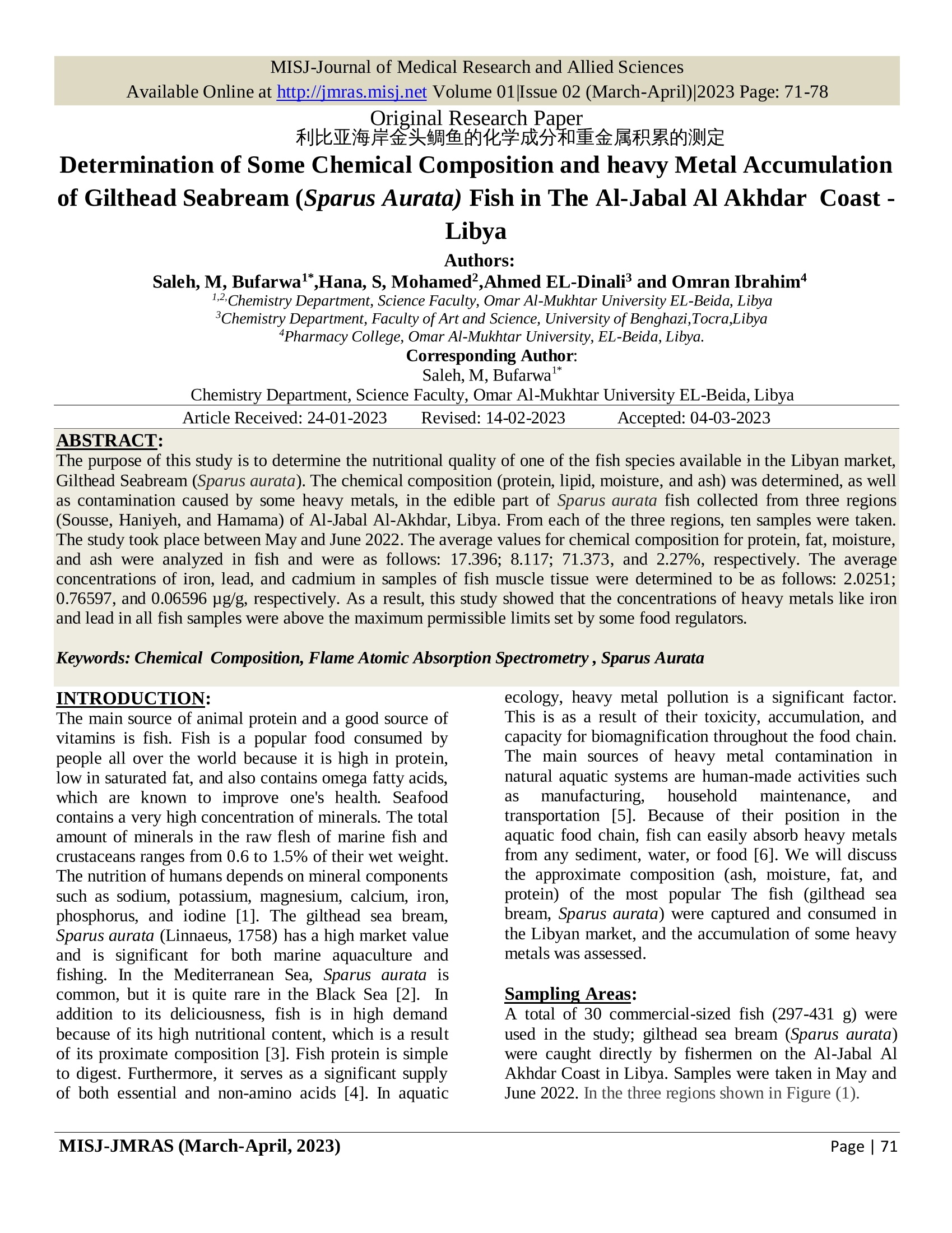
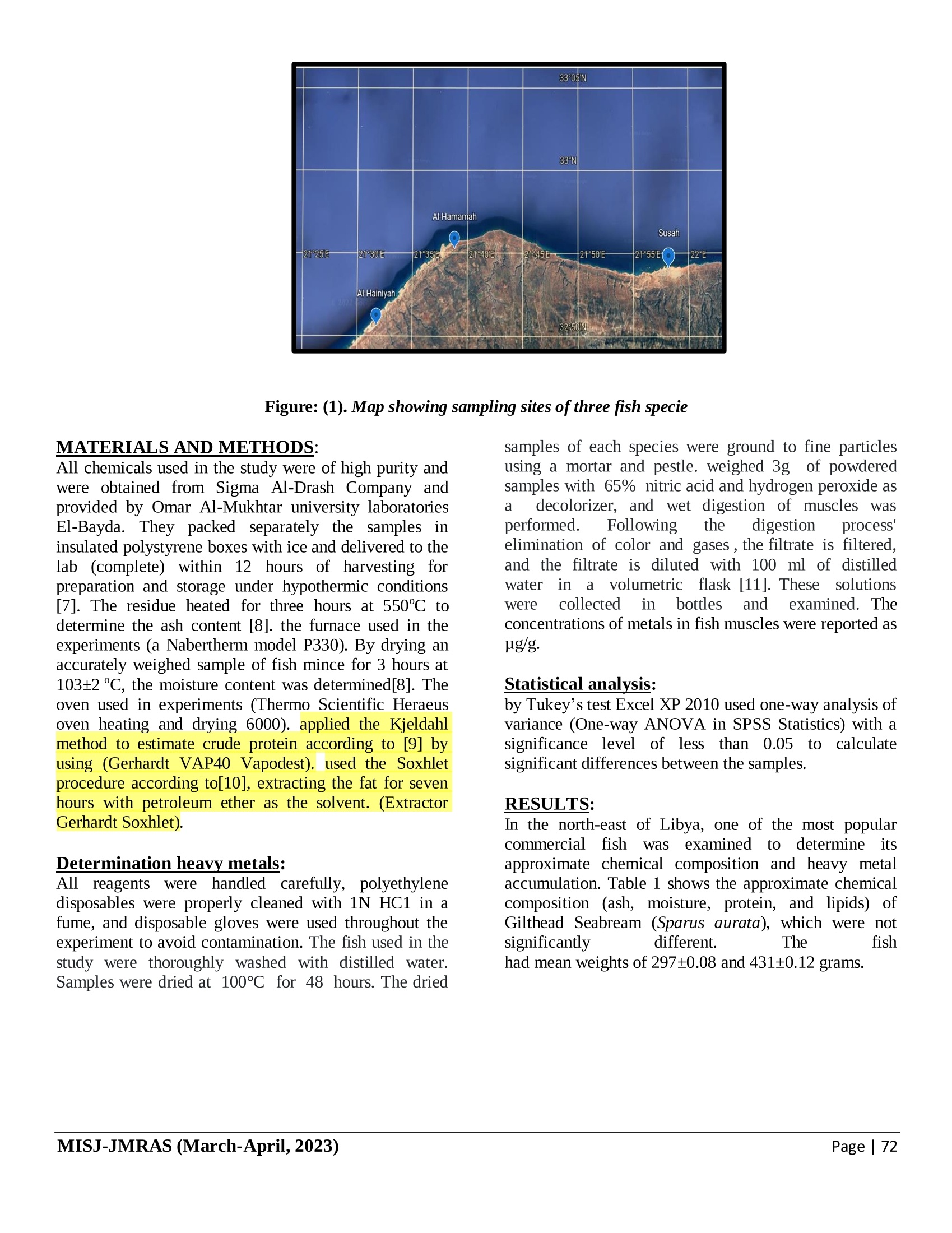


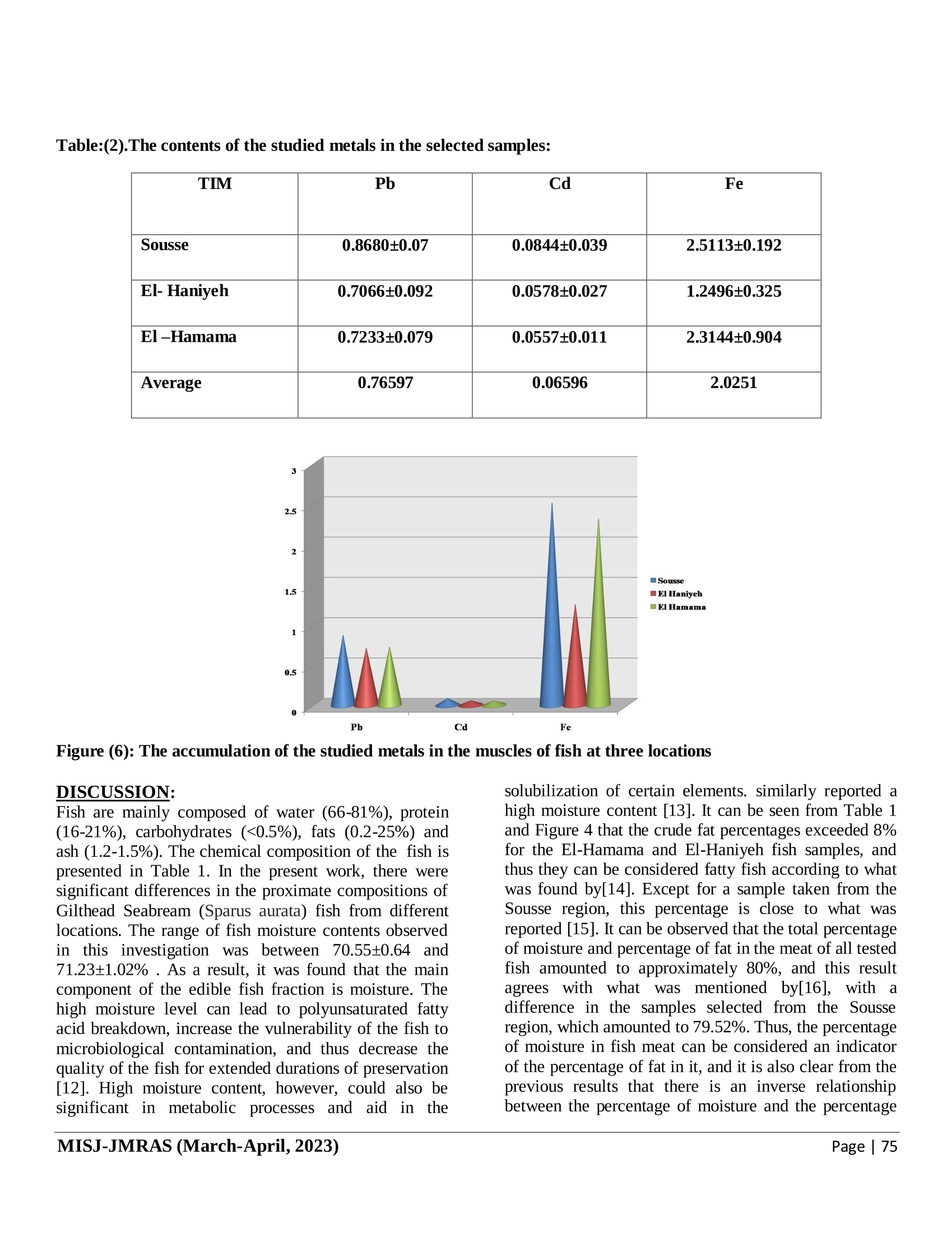

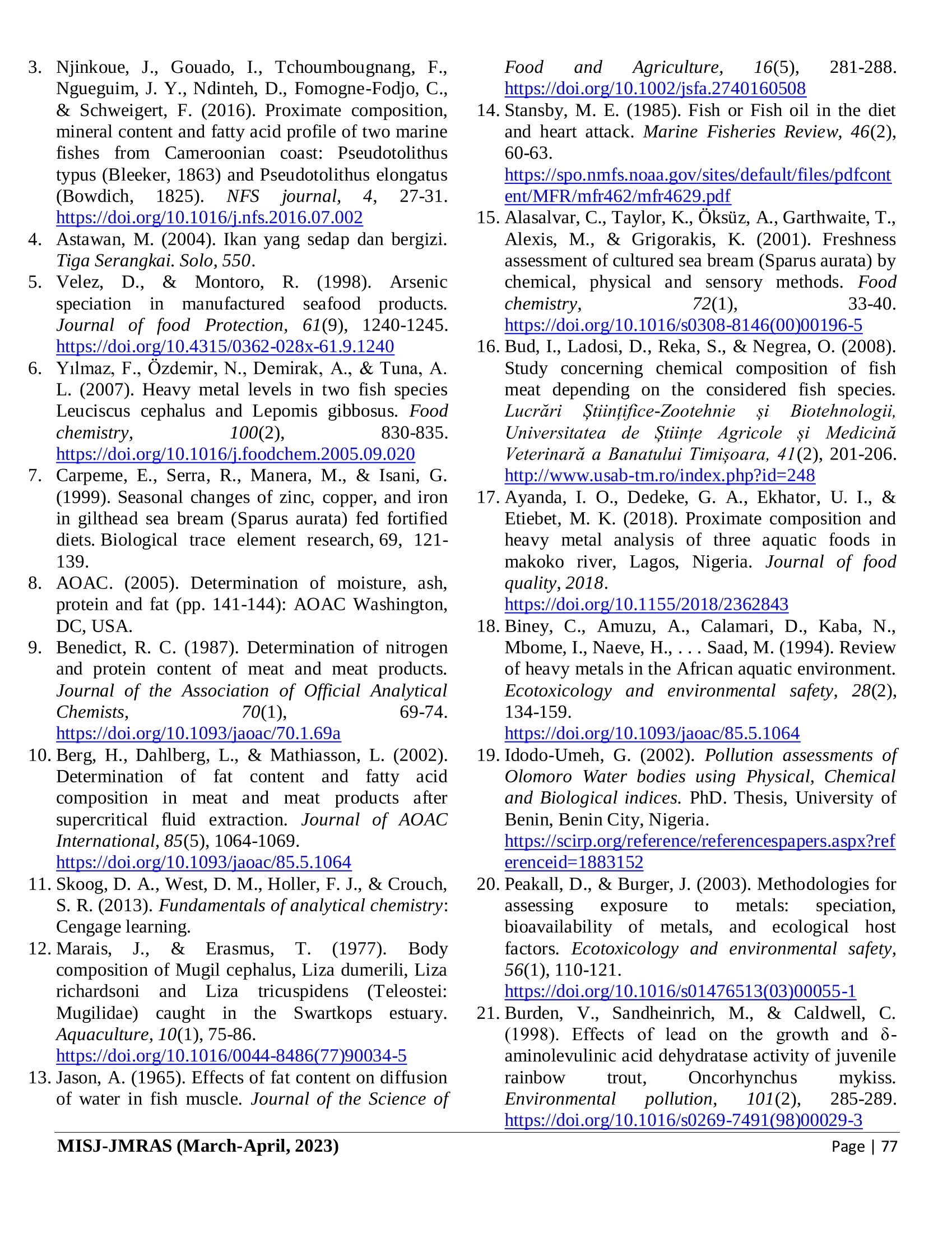
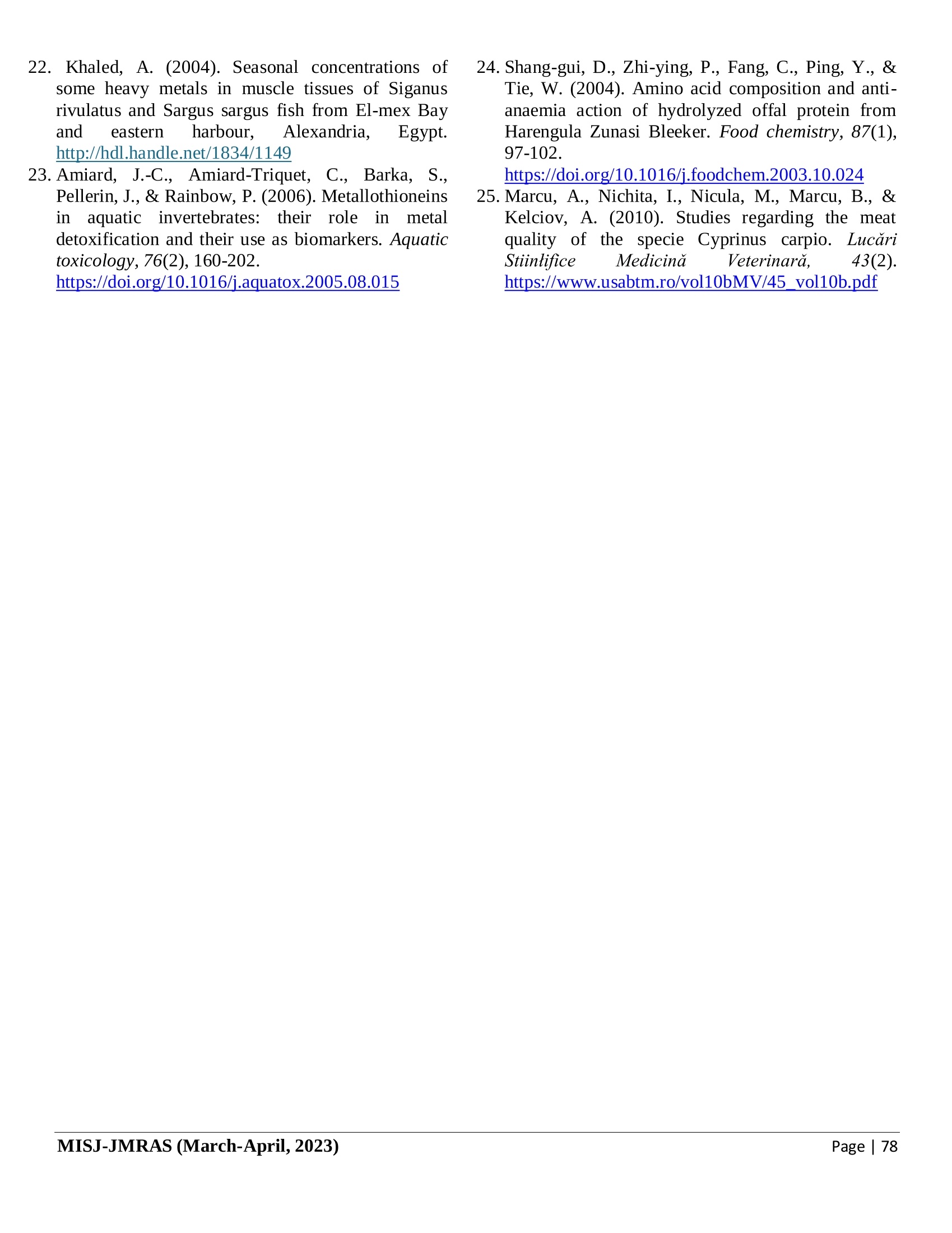
还剩6页未读,是否继续阅读?
中国格哈特为您提供《金头鲷鱼蛋白质和脂肪含量的检测》,该方案主要用于水产品中营养成分检测,参考标准《GB 5009.6 食品中脂肪的测定》,《金头鲷鱼蛋白质和脂肪含量的检测》用到的仪器有格哈特全自动超级总脂肪测定系统HT6+SOX416、格哈特维克松废气实验室废物处理系统涤气VS、格哈特凯氏消化系统KT8S、格哈特自动凯氏定氮仪VAPODEST 200、德国加液器MM、滤纸筒
相关方案
更多
该厂商其他方案
更多

